- Empty cart.
- Continue Shopping
Gondo Berry
Original price was: ₹690.00.₹443.00Current price is: ₹443.00.
Genus : Ardisia
The Gondo Berry Plant is a fascinating addition to any garden, offering not only beautiful foliage but also unique and flavorful fruits. This fruit tree produces small, round berries that have a delightful balance of tanginess and sweetness. The berries are juicy and packed with antioxidants, vitamins, and minerals, making them a nutritious choice for snacking or incorporating into various culinary creations. Gondo berries can be enjoyed fresh, used in jams and jellies, or added to desserts and smoothies for a burst of flavor. This tropical tree thrives in warm climates and requires well-drained soil and ample sunlight to flourish. Plant a Gondo Berry in your garden and savor the delicious and healthy rewards it brings.
Gondo berry (Cordia obliqua) is a small to medium-sized evergreen tree that is native to India and other parts of Southeast Asia. It is a member of the Boraginaceae family, which also includes other fruit-bearing trees such as chia and borage. The Gondo berry tree is known for its ornamental value, as well as its edible fruit and medicinal properties.
The Gondo berry tree can grow up to 15 meters (50 feet) in height, but is usually smaller in cultivation. It has a spreading, bushy crown and a straight trunk with smooth, gray-brown bark. The leaves of the Gondo berry tree are simple, elliptical-shaped, and about 5-10 cm (2-4 inches) long. They are dark green and glossy on the upper surface and lighter green and matte on the lower surface. The flowers of the Gondo berry tree are small, white or pinkish, and arranged in clusters at the ends of the branches.
The Gondo berry fruit is a small, spherical berry that is about 1-2 cm (0.4-0.8 inches) in diameter. It has a thin, edible skin and a juicy, sweet, and slightly acidic pulp that is white or yellowish in color. The flavor is often described as a mix of pineapple, grapefruit, and mango. The fruit is typically eaten fresh, but can also be used in jams, jellies, and other culinary applications.
In addition to its culinary value, Gondo berry has also been used in traditional medicine for its various health benefits. The fruit, leaves, and bark of the Gondo berry tree are rich in antioxidants, flavonoids, and other phytochemicals that are believed to have anti-inflammatory, anti-diabetic, and anti-cancer properties. The bark and leaves of the Gondo berry tree have also been used to treat various ailments, including coughs, fever, and skin diseases.
Overall, Gondo berry is a valuable and versatile tree that is well-suited for home gardens and small-scale farming. Its ornamental value, delicious fruit, and medicinal properties make it a worthwhile addition to any garden or orchard.


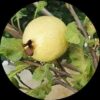
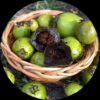



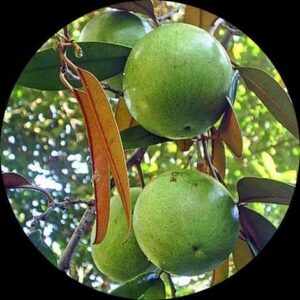


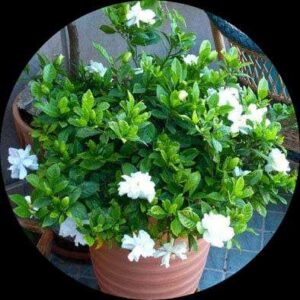
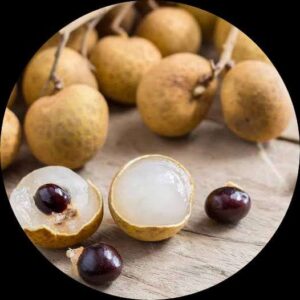
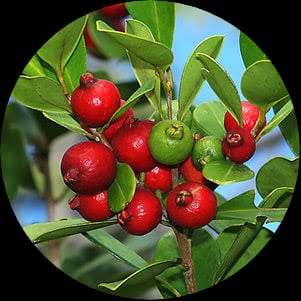
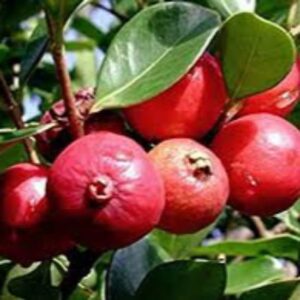
Reviews
There are no reviews yet.